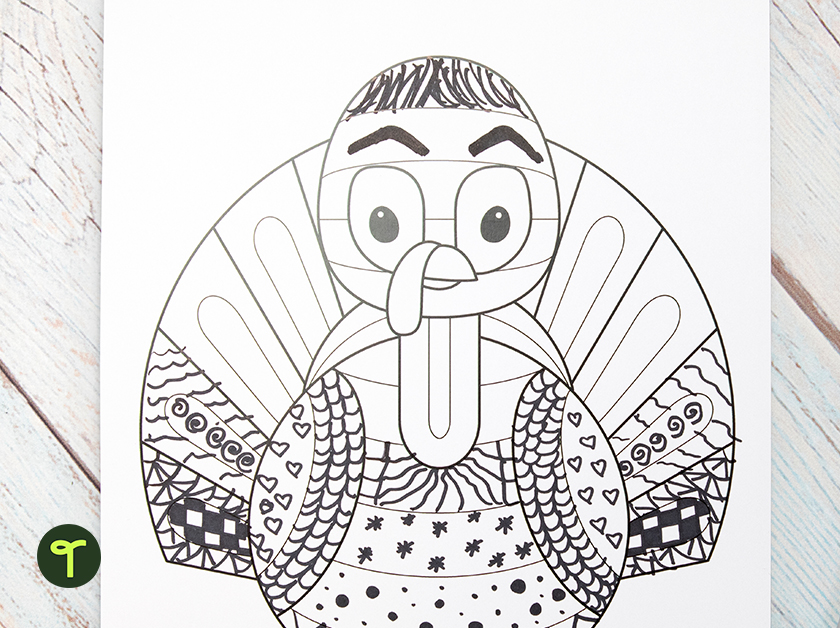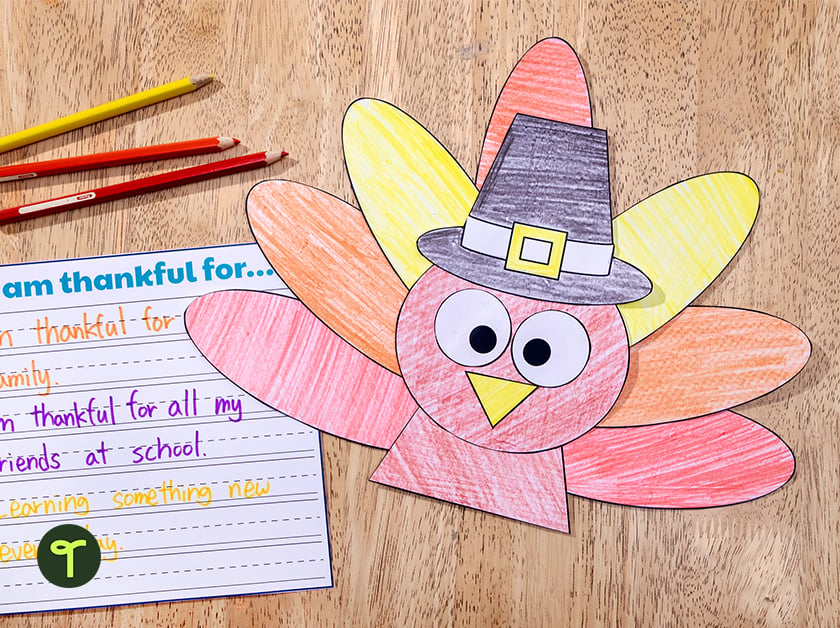When you turn your classroom calendar to November, do you know all the history and awareness months you need to incorporate into your lesson planning? Wait, scratch that. Do you need to incorporate these “months” into your lesson plans?
Welcome to the November edition of your Teach Starter month guide! Our team of teachers — they’re the experts from around the country who create the curriculum-aligned resources on the Teach Starter site — have created a list for every month to help save your precious planning time but keep you on top of every important event. Here’s what you need to know in the month of November!
Explore fresh-from-the-oven Thanksgiving worksheets and printables!
November History Months
National Native American Heritage Month or American Indian and Alaska Native Heritage Month
First established by Congress in 1990, this month has changed names a few times over the years but the mission remains the same — to celebrate the traditions and ancestry of our nation’s first people. With America celebrating Thanksgiving during the month of November, the observance of National Native American Heritage Month brings an opportunity to be socially and culturally responsible and avoid stereotypical depictions of Native Americans in the classroom.
Teach Thanksgiving in a Responsible Way
- Avoid romanticizing the relationship between the English colonists and Native American Tribes.
- If you are teaching about the “first Thanksgiving,” make sure to include the Mashpee Wampanoag perspective.
- Do not ask students to dress up as Native Americans.
- Consider taking a virtual field trip to the Plimoth Patuxet Museum to learn about the myths surrounding the first Thanksgiving.
- Read books written by Native American authors, such as We are Grateful by Cherokee author Traci Sorell which approaches the concept of thankfulness using words in English and Cherokee to expose children to the Cherokee language.
Of course, there are plenty of other ways to talk about Native American Heritage Month beyond the lens of Thanksgiving. Celebrate the countless contributions our nation’s indigenous peoples have had on American history. Here are just a few ideas:
- Introduce students to the First Americans who inhabited the lands in your community and discuss the lives of contemporary Native American peoples (check out the Library of Congress map to find out more about your local tribes, their culture, and their language)
- Discuss the Navajo Code Talkers and their important role in World War II.
- Explore the role Sacagewea played in Westward Expansion, and look at the unit through the lens of the Lakota perspective.
- Bring discussions about the many foods we eat to the forefront by diving into the Native Nations of the Pacific Northwest and their foods and traditions.
Aviation History Month
National Aviation Day may fall in August on Orville Wright’s birthday, but November is dedicated to Aviation History Month, opening up lessons on everything from the economic impacts of air travel to the engineering feats accomplished by early aviators.
Want to fly a few aviation-related projects into your lesson plans? Try these on for size!
[resource:4664510] [resource:3832686] [resource:4830803]
November Awareness Months
Every month of the year is filled with a few “awareness month” observances, and November is no different. While not every one of these is appropriate for your classroom calendar, here are a few our teacher team has picked out to consider.
Adopt a Turkey Month
It’s not exactly the best idea for a classroom pet, but the turkey is a majestic bird that just so happens to be native to America. Instead of adopting the bird itself, adopt the subject for your lesson planning!
Talk turkeys with your kindergartners, get really fowl in your animal study unit, or practice persuasive writing with appeal letters to save Tom Turkey!
Homeless Children and Youth Awareness Month
This may not be a month you “celebrate” in the classroom, but it’s worth taking some time this month to remember that as many as 2.5 million American youths experience homelessness each year. That means that some of them may be seated at the desks or tables in your classroom as you read this.
Do you have students now or have you had students in the past who have experienced homelessness? The National Child Traumatic Stress Network has a wealth of resources for teachers (as well as other adults) to support kids in this situation, including a look at how the children may react so you know what to look for and how to help.
Knowing where students rest their heads at night can help you be mindful of their needs as you make homework assignments but also as you consider things like discipline. For example, when students are experiencing homelessness, taking possessions away can be especially traumatizing. Likewise, students who experience homelessness may be more inclined to fall asleep in class or may not return school items to the classroom. Understanding more about what’s going on at home can help you help them.
National Gratitude Month
Is it really any surprise that the month of Thanksgiving is also National Gratitude Month? Turn our social and emotional lesson planning toward thankfulness this month with some help from these resources!
- I Am Thankful For – Wreath Craft and Thanksgiving Bulletin Board Kit
- Write About It! I Am Thankful Activity
- What Does It Mean to Be Grateful Instructional Slide Deck
Speaking of gratitude, here are a few ways to say thanks to our troops this Veterans Day!
Explore more holiday-related ideas in our holiday activities collection!
Banner image via Shutterstock/Aarti Kalyani









Comments